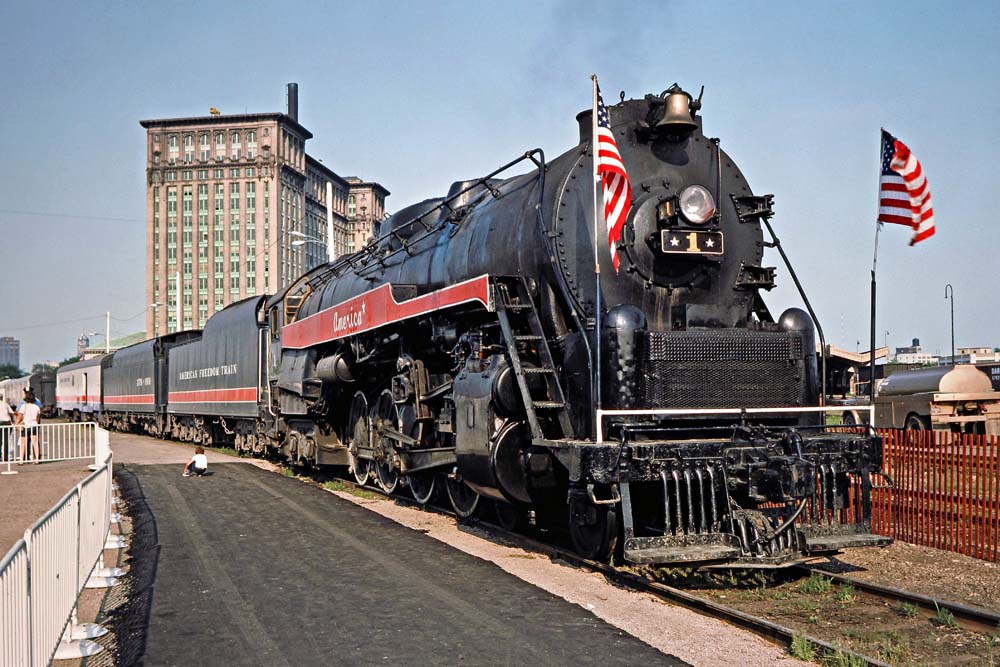
Has any class of homebuilt, remanufactured mainline steam locomotive ever performed as brilliantly as the Reading T-1 4-8-4? Given the long lives of four from its illustrious class of 30 engines, I’d say no.
I came to this conclusion during a recent visit to the Baltimore & Ohio Railroad Museum, which has announced that ex-RDG No. 2101, in its collection since 1980, will get a thorough cosmetic restoration. It will remain in its guise as American Freedom Train No. 1, a nod to arguably its finest hour as an operating locomotive. More on that in a moment.
The 2101, which I’ll call AFT 1 from this point, is one of four surviving Reading 4-8-4s, all of them with impressive pedigrees. Saved from the scrapper in the late 1950s by an inspired Reading management, the quartet ran in various combinations on the railroad’s famed Iron Horse Rambles into the early 1960s.
Happily, all four remain in good hands. The class engine, No. 2100, is undergoing a restoration to service by the American Steam Railroad Preservation Association at a roundhouse in Cleveland. That Rambles favorite, No. 2124, is preserved at the Steamtown National Historic Site in Scranton, Pa. Most spectacularly, the meticulously restored 2102 can be seen romping up and down its home rails for owner Reading, Blue Mountain & Northern.
That leaves the former 2101, a celebrity in its own right after being rescued from obscurity in 1974 and restored in a patriotic flourish to haul Ross Rowland’s American Freedom Train in the eastern U.S. After the Bicentennial, the 4-8-4 reemerged as the star of the Chessie Steam Special, an exhibition and excursion train that toured most of the Chessie System in 1977 and ’78, only to meet an ignominious fate in a March 1979 fire at the old Chesapeake & Ohio roundhouse in Silver Grove, Ky.
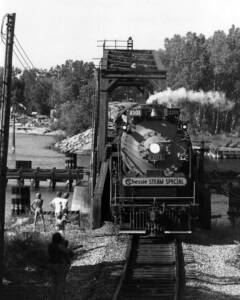
That fire apparently caused enough damage to the 4-8-4 that Chessie System offered Rowland a trade as compensation: donate the 2101 to the B&O museum and in return receive C&O 4-8-4 No. 614, then in the museum’s collection. It turned out to be a great deal. Rowland and his team proceeded to restore the 614, which was built in 1948 and as such was as modern an engine as you could find. Rowland ran it for several years on CSX and other railroads, most famously as 614T in a series of demonstration runs on West Virginia coal trains. Today it appears 614 is headed for its own revival, a story for another time.
There’s nothing better than seeing an operating engine. Regardless, a little love, please, for the AFT 1. Displayed out in the elements in Baltimore for decades, it looks really rough, pockmarked with rust and decay. But in a few months that should all be a distant memory, once the intrepid B&O Museum shop crew does its thing. Stroll around the museum’s finished exhibits and there is plenty of evidence of what these guys can do. I saw as much five years ago when I witnessed the team spiffing up B&O GP38-2 No. 3802, the so-called “All-American Diesel” as designated by the late Trains Editor J. David Ingles.
Work on the AFT 1 is set to begin in June and should be completed in time for the summer of 2026, when the museum is planning a large-scale celebration to mark both the 250th anniversary of the United States and also the 200th birthday of the B&O. This time, instead of being out in the weather, the 4-8-4 will have a home under roof in a location yet to be determined.
Looking back, you have to be impressed with what the Reading Co. accomplished when it began building the T-1 in 1945. Badly in need of new power (the company was getting by on beefy 2-8-0s, 2-8-2s, and 2-10-2s, all dating to 1931 or earlier) but always careful with its money, the railroad decided to take a bunch of its fat I-10sa Consolidations, break down the boilers, add new courses in the middle, lengthen the fireboxes, and set all of them down on brand-new cast-steel frames. Throw in roller bearings and 70-inch disc drivers and, all of a sudden, the RDG had 30 first-class Northerns for half the price of new.
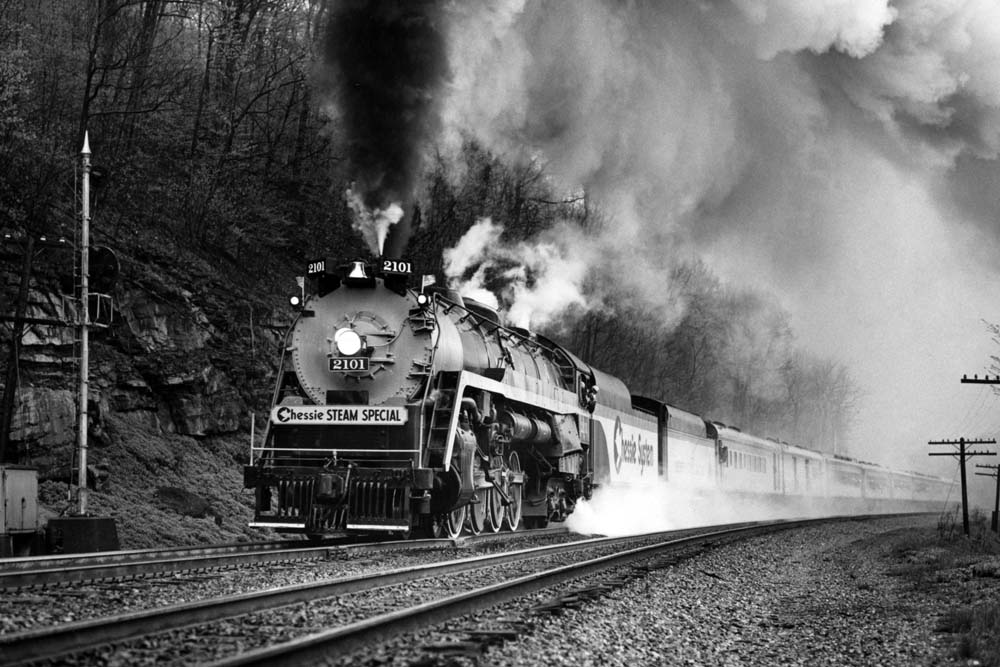
As for their performance, I checked in with my friend Ross Rowland, who logged countless time at 2101’s throttle. The unrivaled steam impresario (think High Iron Co., American Freedom Train, Chessie Steam Special, to name just a few) has the rare distinction of having been the engineer on multiple machines, ranging from Nickel Plate 2-8-4 No. 759 to Chesapeake & Ohio 614 to both Reading 2101 and 2102. Ross rates the “T-Hog” highly.
“The Reading T-1s were the hardest pullers of the lot and had the loudest exhaust as well,” he told me. “We hung the absolute maximum tonnage onto 2101 when she pulled the Freedom Train and she never let us down.”
Just how hard could the T-1 pull? Ross offered this anecdote about the time in May 1976 the 2101 took the AFT out of Birmingham, Ala., up to Huntsville, which involved a long 1.7% to 2.1% grade in the middle of a 110-mile trip along the former L&N.
“I had the reverse down in the corner, full throttle, full sanders, full booster, rail washers for a good hour and 15 minutes as we slugged it out at a constant 11 miles per hour. She never slipped a wheel and conquered the grade. Chessie had wanted to add diesel helpers right out of Birmingham as they were certain that the 2101 couldn’t lift that 24-car train over that mountain. I had to go to CEO Hays Watkins to get permission to run without helpers.
“When we successfully reached Huntsville, AFT Trainmaster Ray Flores walked up to the head end and stood below the cab window, looked up at me, and held both thumbs up with a wide smile and shouted ‘now that’s one hell of a steam engine.’ After that the railroad never again insisted on helpers.”
The former 2101 won’t repeat that feat ever again, but hold the lamentations. Next year, as a freshly restored museum exhibit, AFT 1 will re-emerge as an impressive testimonial to one of the all-time great steam shows — the American Freedom Train — as well as recall the geniuses of the Reading Co.’s mechanical department who, in the closing months of World War II, began building a fleet of unusually gutsy 4-8-4s.
The B&O Museum is seeking support in its restoration of the American Freedom Train 1.
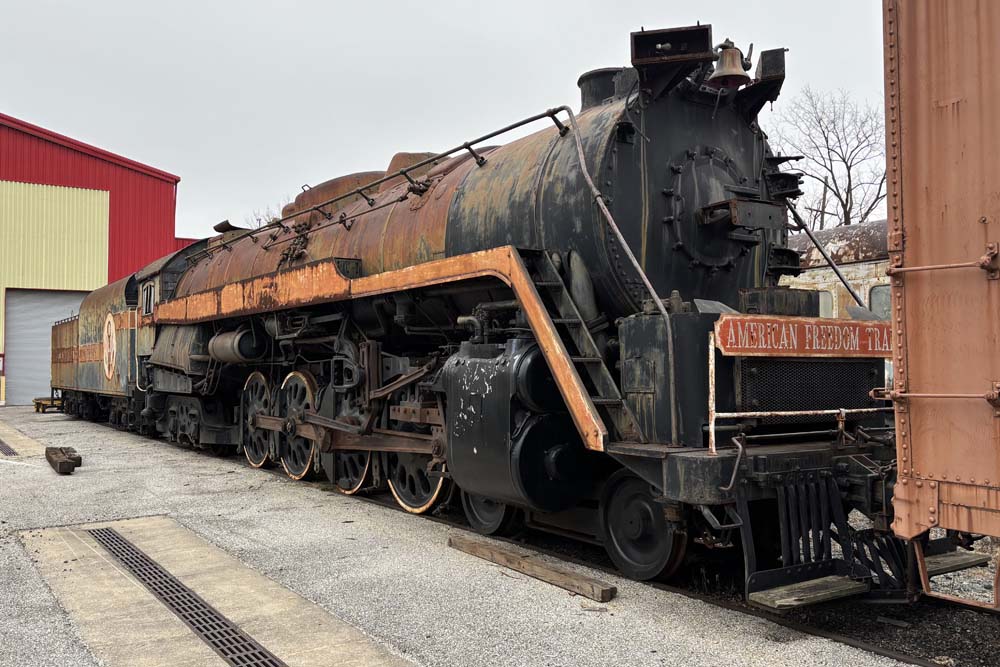







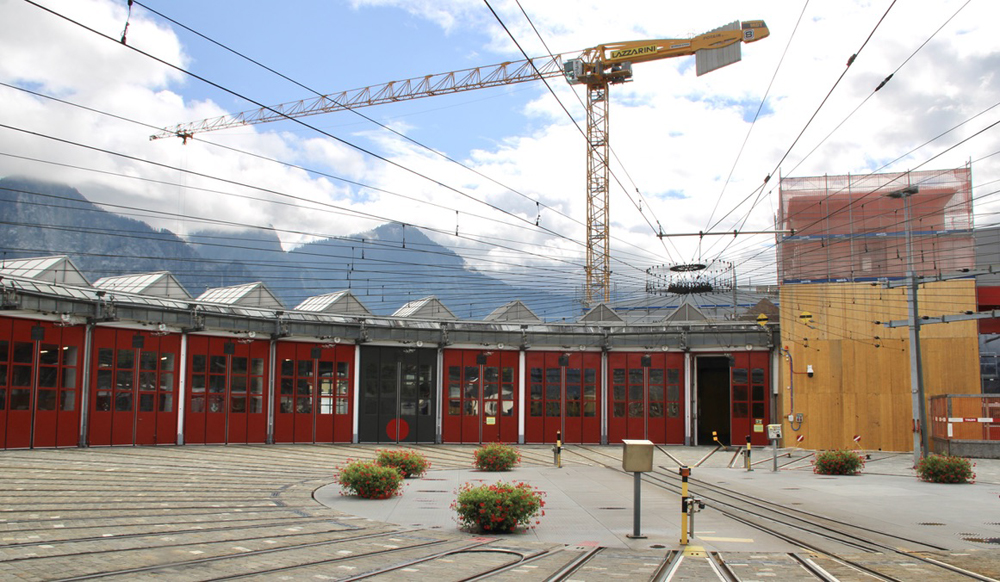
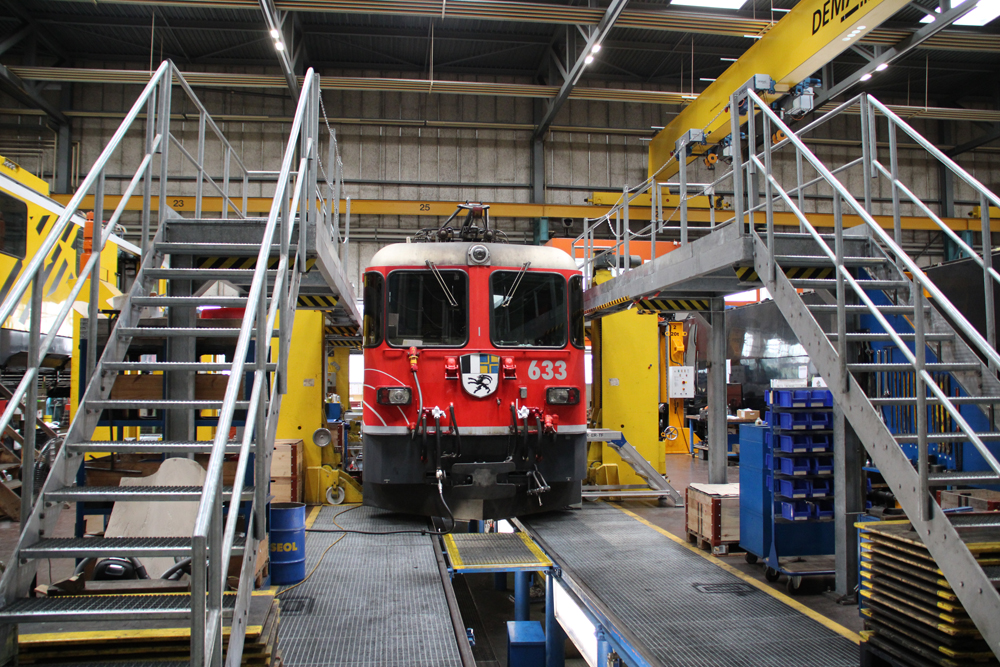
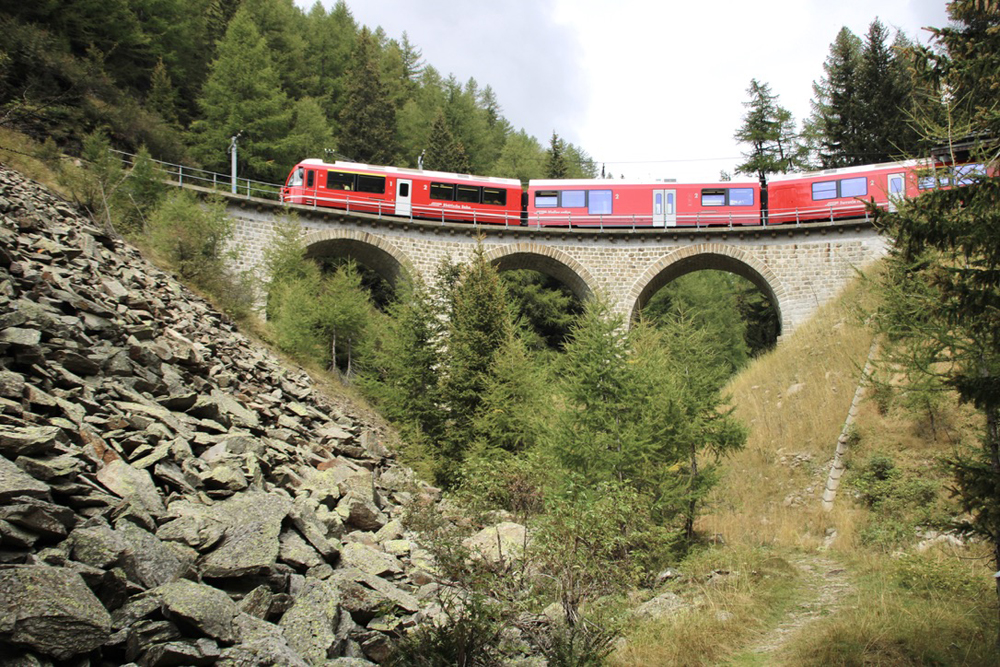
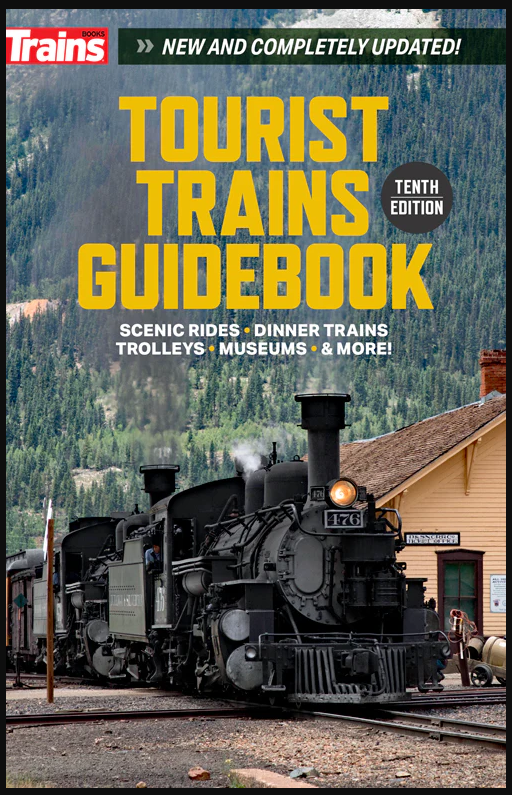

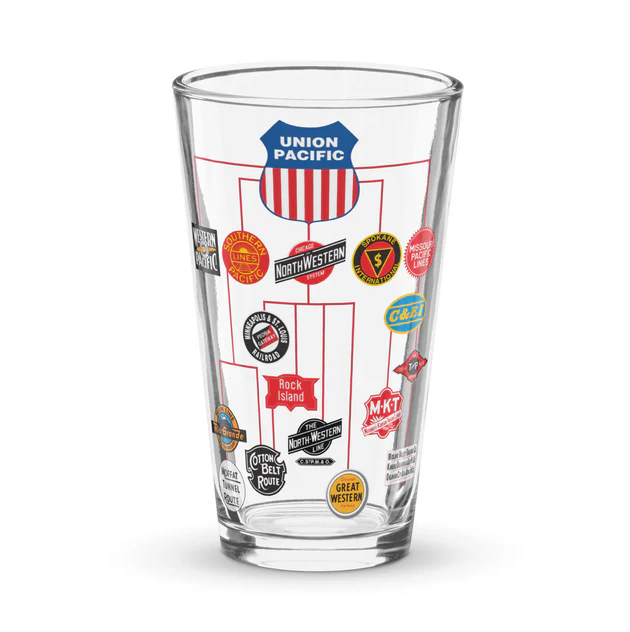
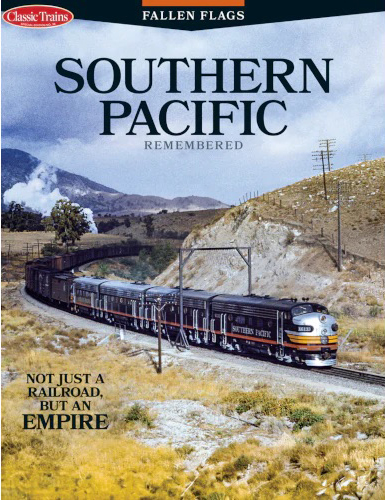
I remember seeing AFT#1 in Chattanooga maybe 1975, nice to see it getting a full body tune-up!